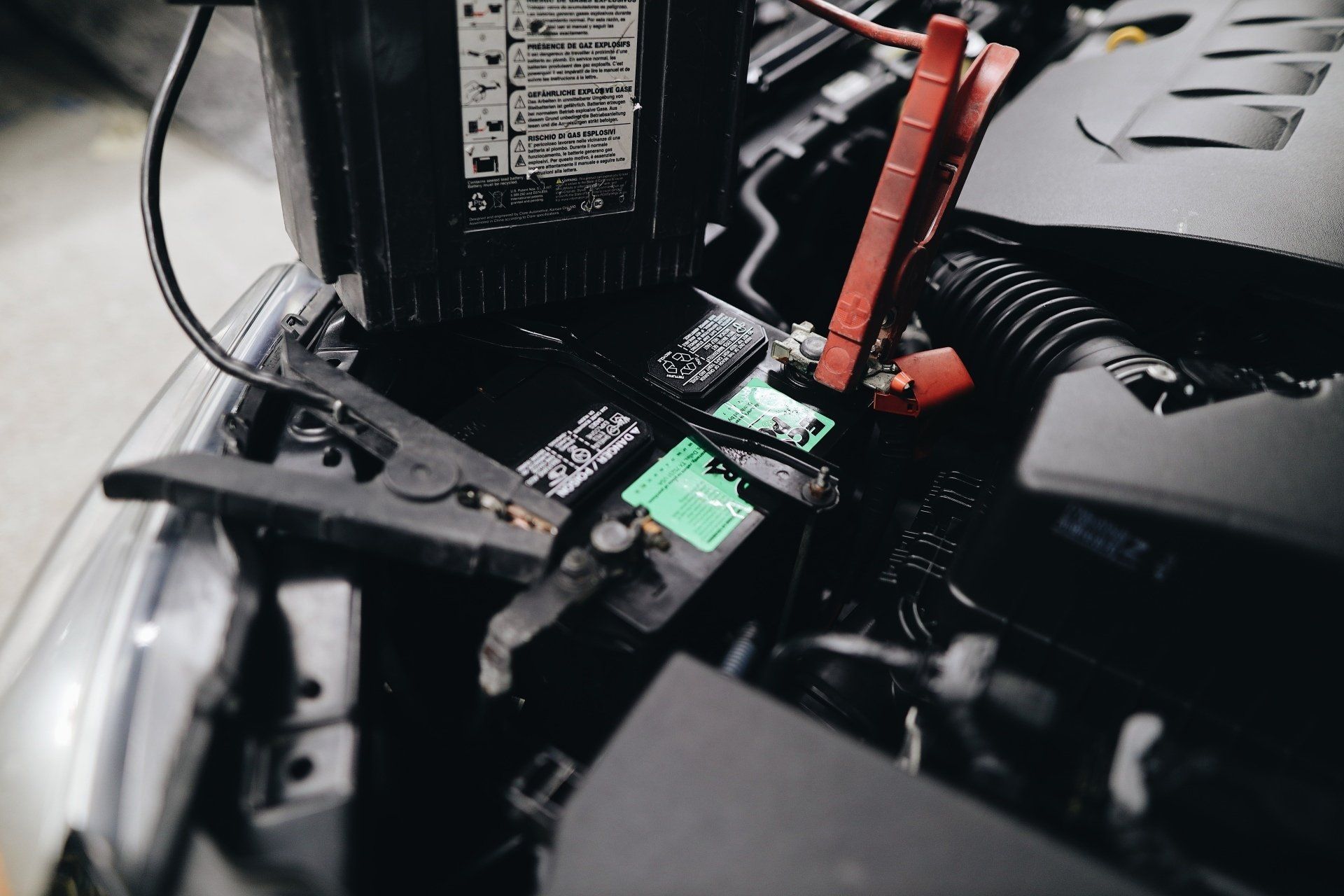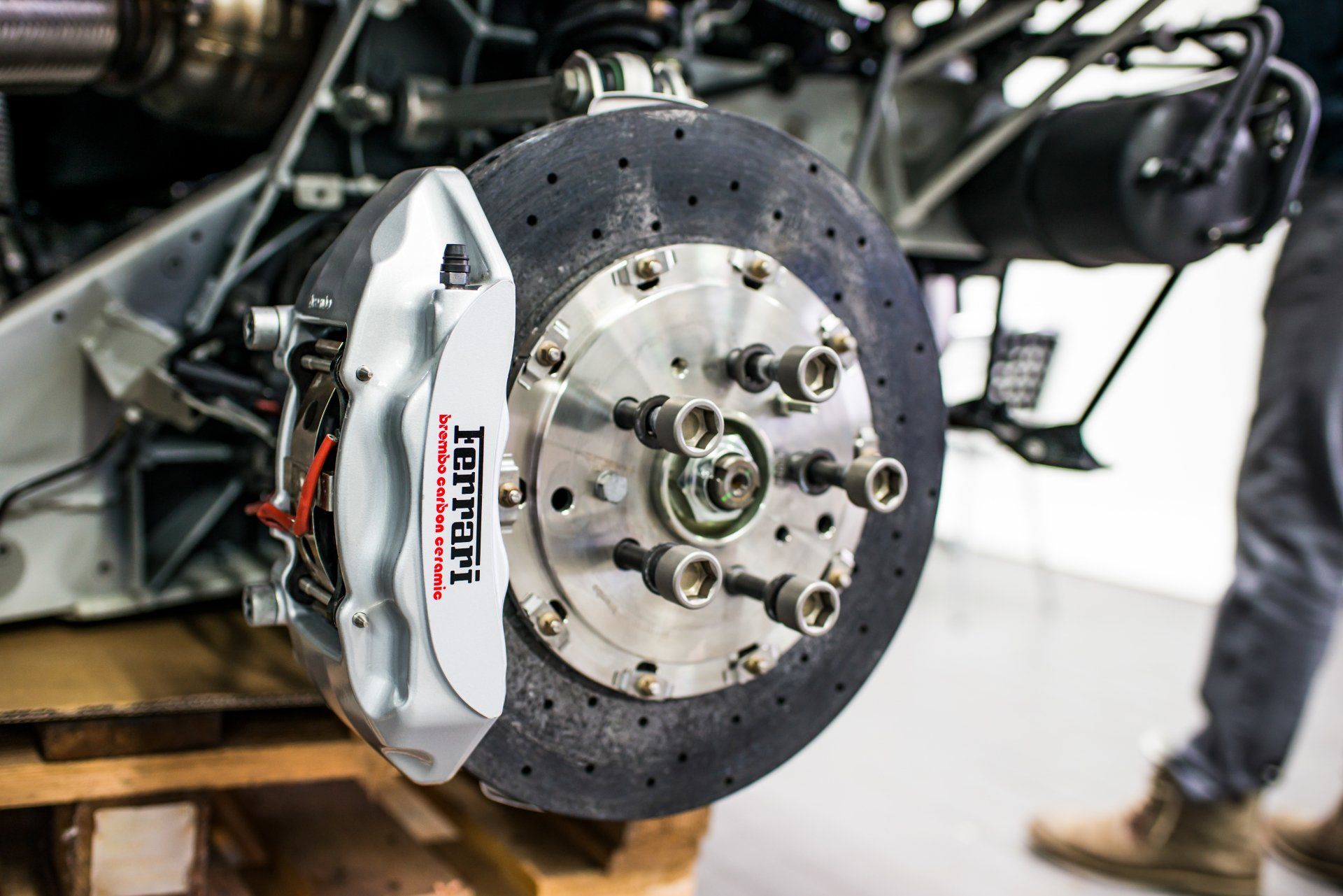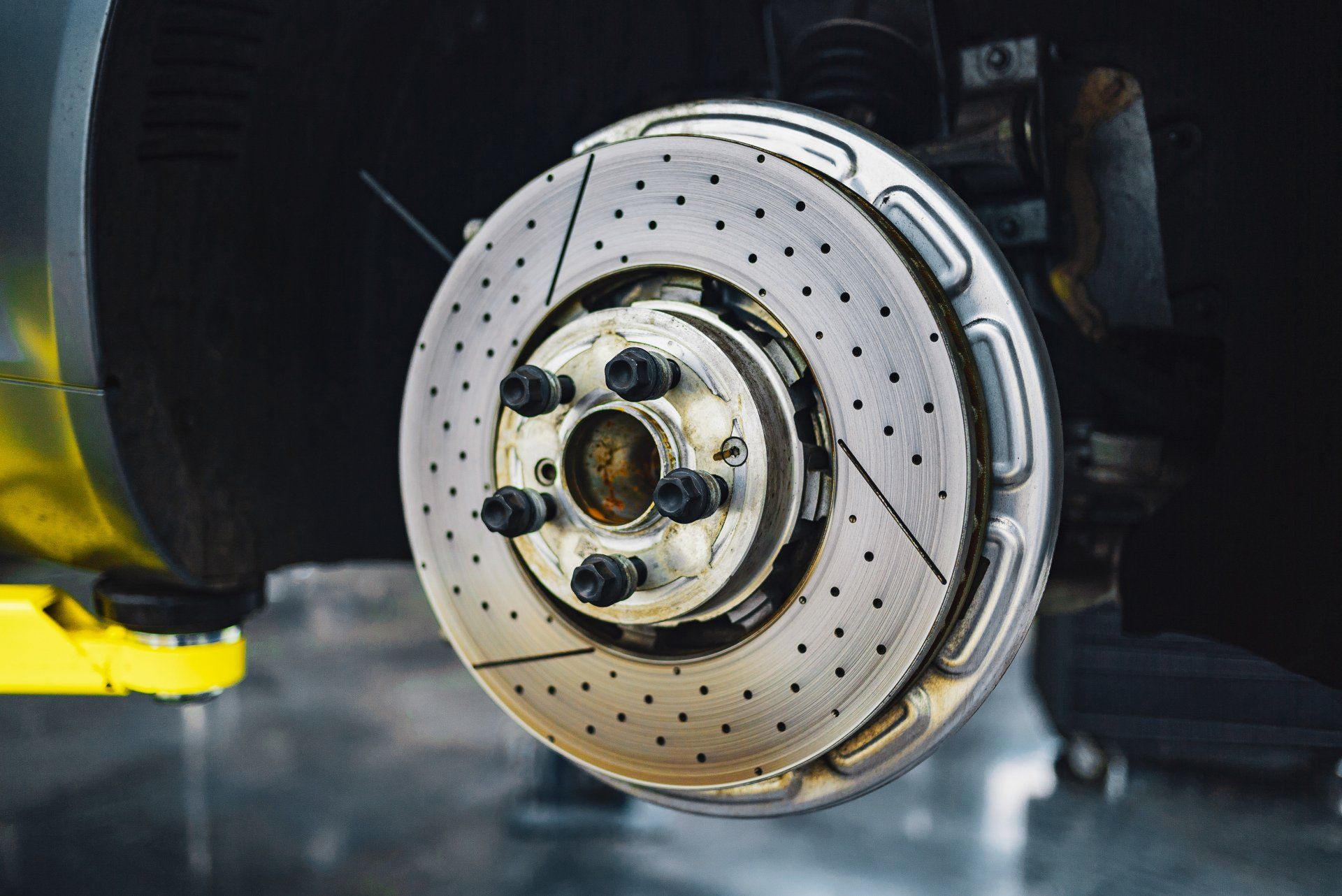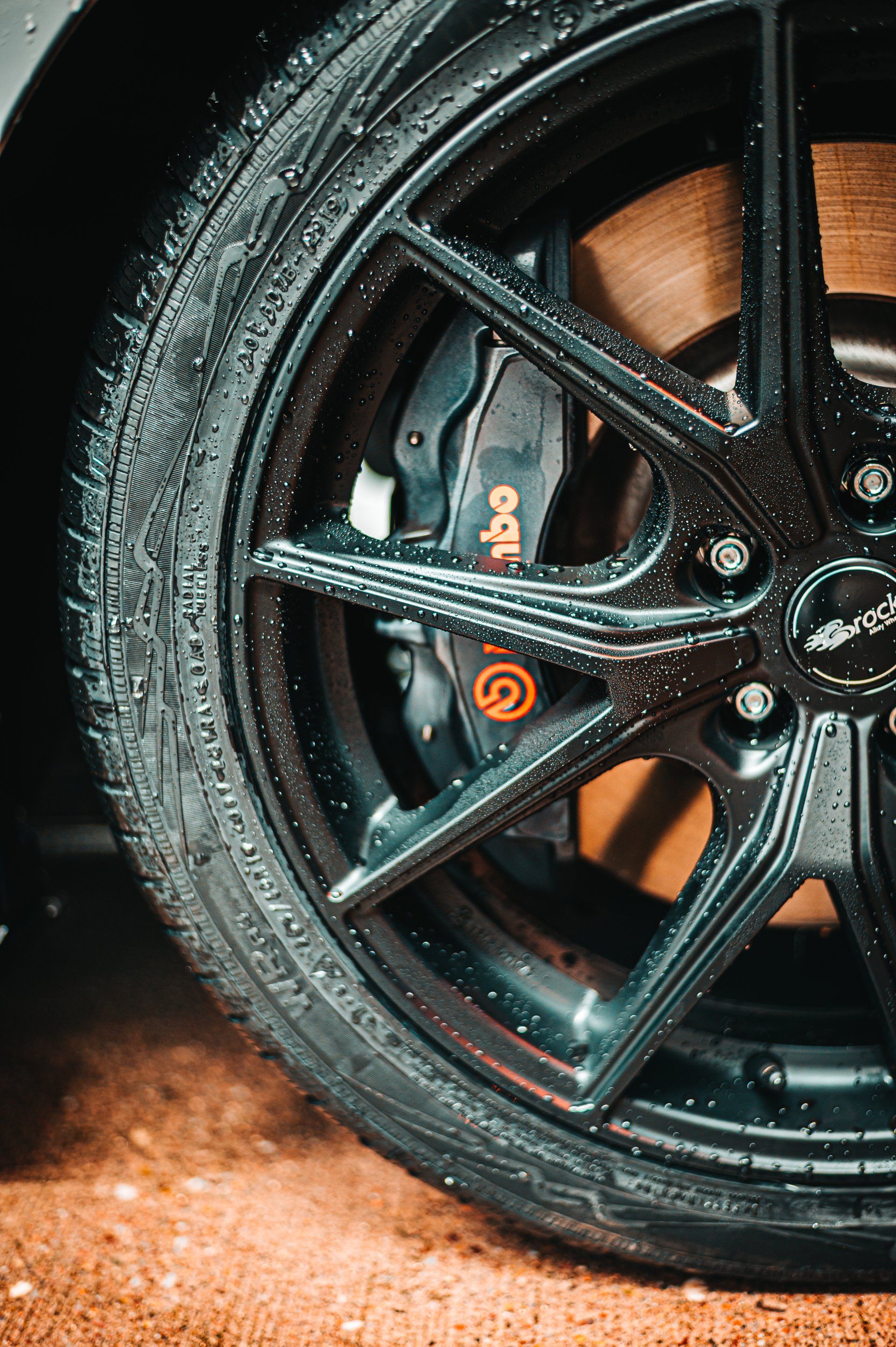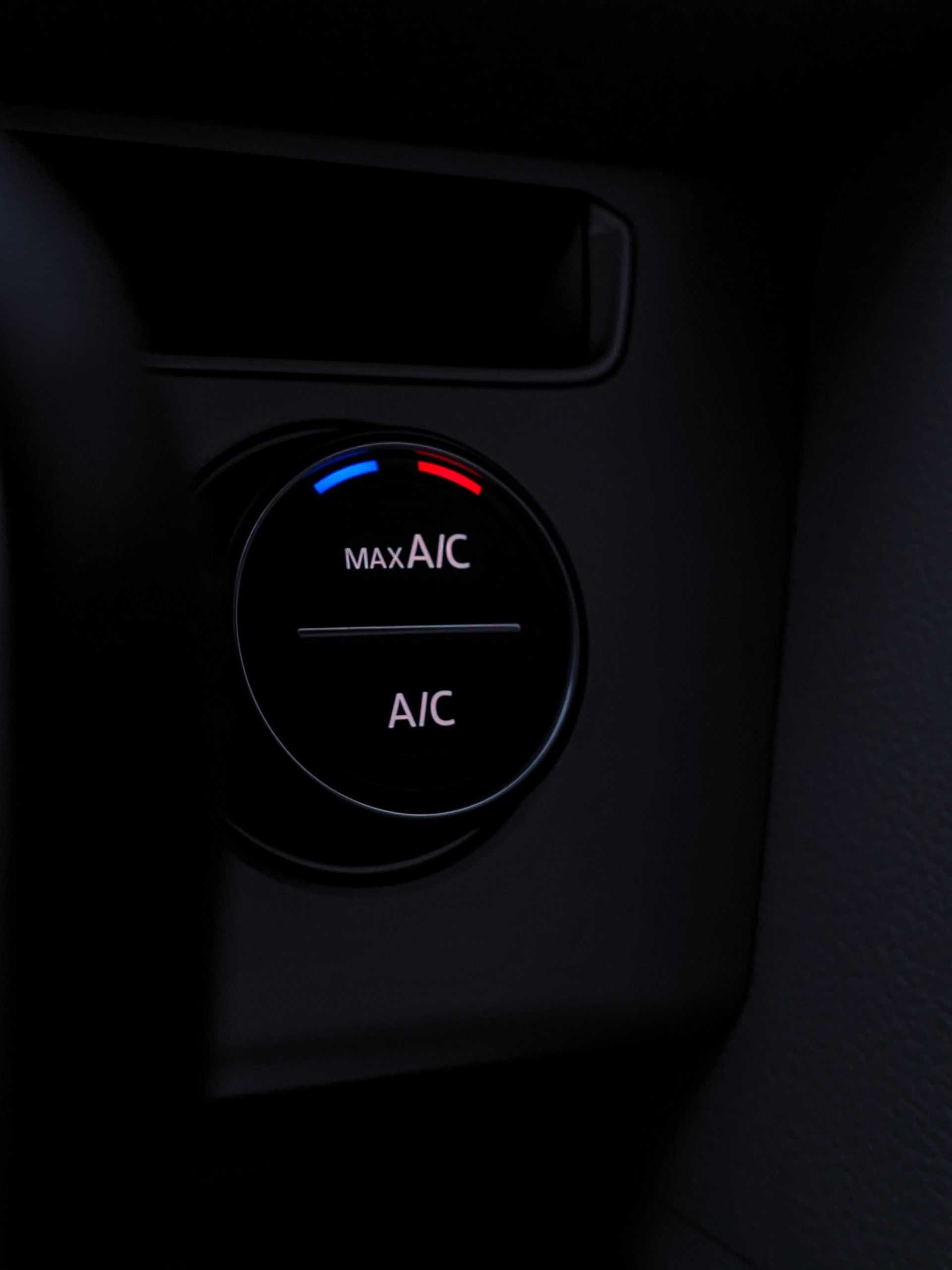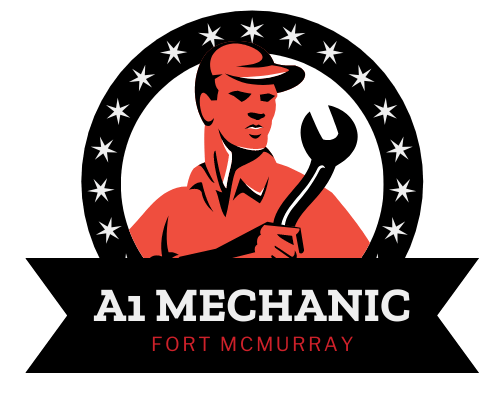Electric Vehicle Maintenance: What It's Like?
Electric Vehicle Maintenance: What It's Like?
Electric vehicles need less maintenance than their gasoline-burning counterparts. As long as they have 4 wheels, they all require regular maintenance.
Although maintenance for electrical automobiles (EVs) is much less expensive and complex than that of vehicles that have internal combustion engines (ICE) however, they aren't maintenance-free. A lot of the maintenance tasks for EVs are DIY projects that are similar to conventional vehicles. However, there are particular services that are exclusive to EVs that you must know about. Additionally, make sure you're caught up on the latest electric vehicle information, which covers chargers and the cost associated with owning an electric vehicle.
Motor Maintenance
The differences in maintenance and service among EV or ICE motors are similar to the difference between day and night. While the EV's main electric motor doesn't need regular maintenance, ICE-powered vehicles do have many mechanical components that wear out or require regular servicing.
EV
Beware of charging your EV battery until it is at 100 percent capacity and then letting it fall to a zero-charge state. This can lead to motor overheating and reduced battery life.
ICE
ICE parts that will require regular repair, maintenance or replacement are the following:
- Filters and motor oil
- Tuning-ups for the engine (spark plugs, fuel and air filters, and PCV valve)
- Engine ignition components and parts (spark wires for plugs and ignition coils)
- Belts for timing and drive
- Injectors of fuel that are blocked
- Fuel pump
- Seals, O-rings, gaskets and seals, which can leak
- Throttle body problems
Battery Maintenance
Technically speaking, EV batteries don't require any maintenance or servicing. However, because of their size and their high current, the EV battery, as well as other electrical components that are critical, need to be maintained at a cool temperature.
While certain EVs are cooling these systems using air, others use the battery's own coolant developed by the manufacturer to prevent the battery from overheating and also to keep it warm in colder weather.
EV
- In the beginning, you should be sure to leave all electric vehicle battery services, even the addition of coolant, to the professionals. Only a certified and trained technician with the appropriate protective equipment should handle electric vehicles with high voltages and electrical systems.
- U.S. federal regulations mandate the battery of electric vehicles to be covered for a minimum of eight years. Cleaning the battery yourself could end the warranty.
- Keep good charging habits. Maintain the battery between 20 and 80 percent.
- Examine the battery cooling pump(s) to find leaks.
- Examine the coolant hoses of your battery and fittings for signs of corrosion and leaks.
ICE
- The typical car battery lasts up to six years.
- Make sure to check the battery's fluid every month.
- Make sure to clean the battery and the battery cables and terminals every year to extend the battery's life.
- Make sure the battery is secured in its place.
Brake Maintenance
The brakes on ICE-powered and EV vehicles should be checked at least whenever the wheels are turned. Replace the brake fluid every 24 months or 24,000 miles for the same type of vehicle.
EV
Electric vehicles have regenerative braking systems, which means that they utilize their electric motor's power to reduce the speed of your vehicle (like engine braking in the case of an engine-powered vehicle). This means that the brake pads, as well as rotors, won't become hot. This reduces heat and extends the lifespan of brake components.
ICE
The components of friction brake systems are much hotter and wear faster than those of regenerative braking systems. Be sure to inspect brake pads, brake rotors, and components for excessive wear or rust, especially if the brakes sound loud or squeaky.
Tire Maintenance
All tires are costly. Maintaining your tires is a must for both traditional as well as electronic cars, not just to ensure safety on the road; however, it is also essential to prolong the life of tires and boost efficiency in fuel consumption.
Any vibration, even if it's only a slight one, can reduce the life of your battery and tire. This is why it's important to keep your tires balanced each time you rotate them. But, due to three motives, EV tires require more care.
EV
The battery and electronic motor(s) make it much heavier than a gasoline-powered vehicle. The extra weight can result in tires wearing out faster.
The electric motor in an EV delivers immediate torque for the tires and wheels, which is far more than the ICE engines. This torque can provide incredible acceleration; it also causes tires to wear faster. The tires designed specifically for EVs are able to handle the added weight along with friction and torque; however, they also have a higher rate of use and tear.



